Table of Contents
Introduction: The Cultural Fusion of 70s Japan
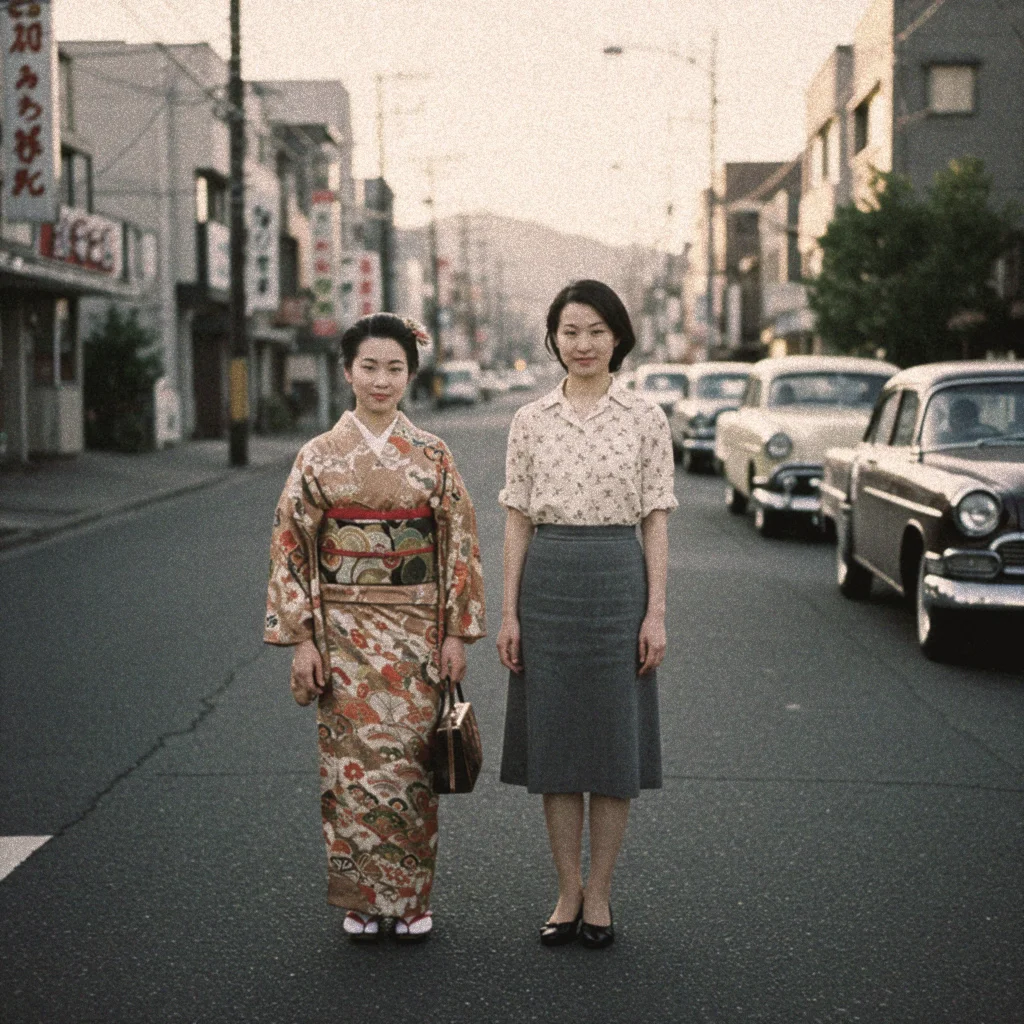
The 1970s in Japan was a decade of big changes, where traditional Japanese styles mixed with Western influences to create a unique fashion identity. As the country opened up to the rest of the world, its fashion scene became a place where people could experiment with new styles, blending kimono-inspired designs with disco-era flair. This mix led to trends that were both daring and timeless.
The Rise of Gender-Neutral Fashion

One of the most notable trends of the 70s in Japan was the emergence of gender-neutral fashion. Designers began to blur the lines between masculine and feminine clothing, creating unisex pieces like oversized blazers, wide-legged pants, and flowing shirts. This trend reflected the era’s progressive attitudes and the growing influence of global youth culture.
The Influence of Traditional Japanese Garments
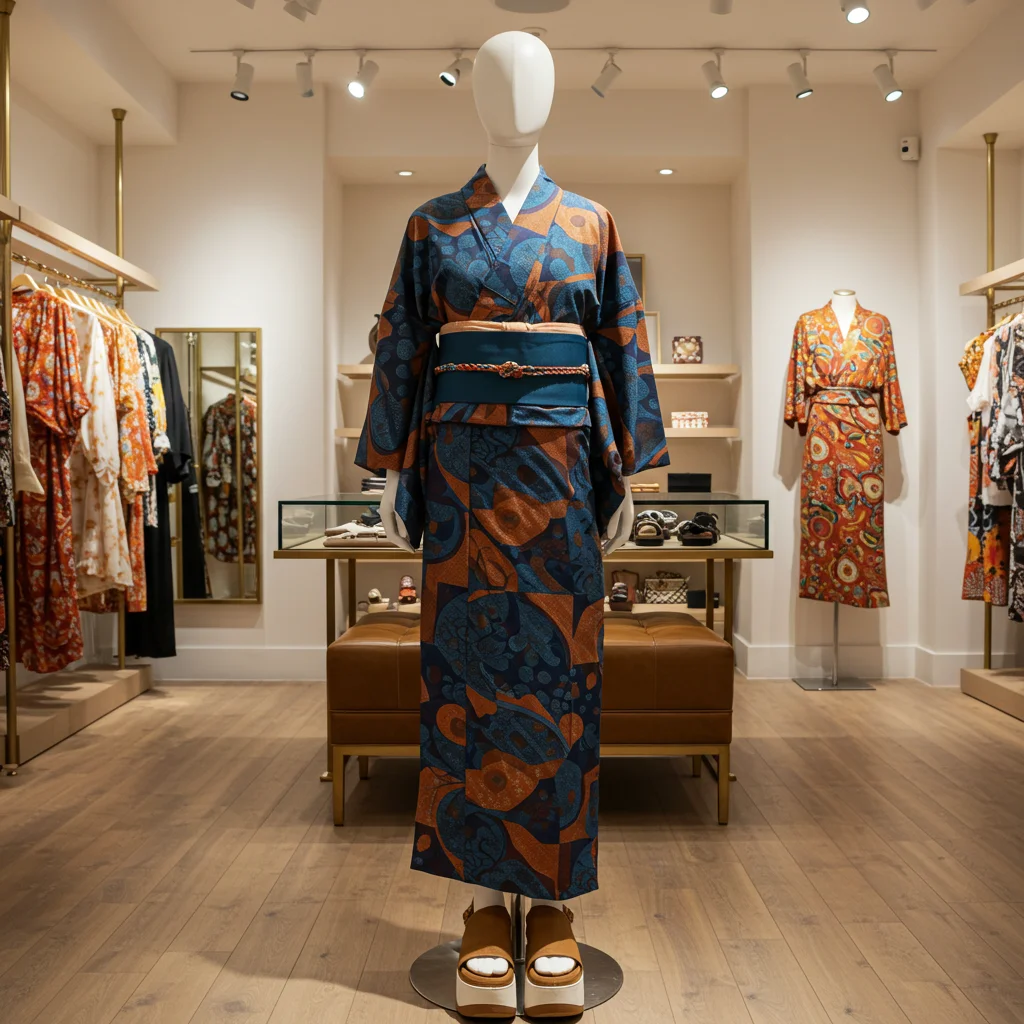
While Western styles were gaining popularity, traditional Japanese garments like the kimono and yukata continued to inspire modern designs. Designers reinterpreted these classic pieces with contemporary fabrics and patterns, creating a bridge between the past and the present. The obi belt, for example, became a stylish accessory for both casual and formal wear.
Disco Fever Hits Japan
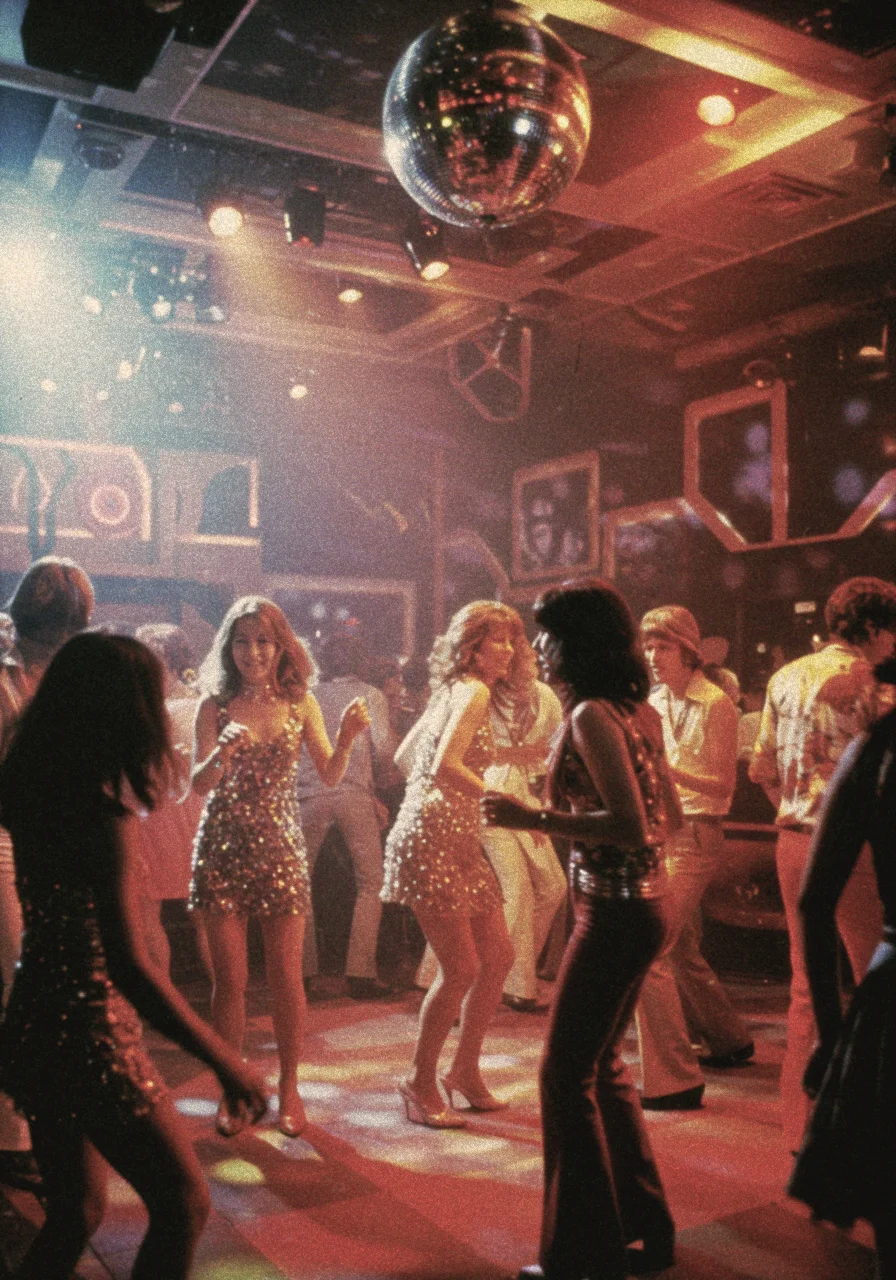
The global disco craze of the 70s didn’t skip Japan. Nightclubs in Tokyo and Osaka were filled with young people dressed in shimmering sequins, bell-bottom pants, and bold prints. Japanese designers put their own spin on disco fashion, incorporating elements like origami-inspired folds and asymmetrical cuts, making the trend uniquely their own.
Minimalism Meets Avant-Garde
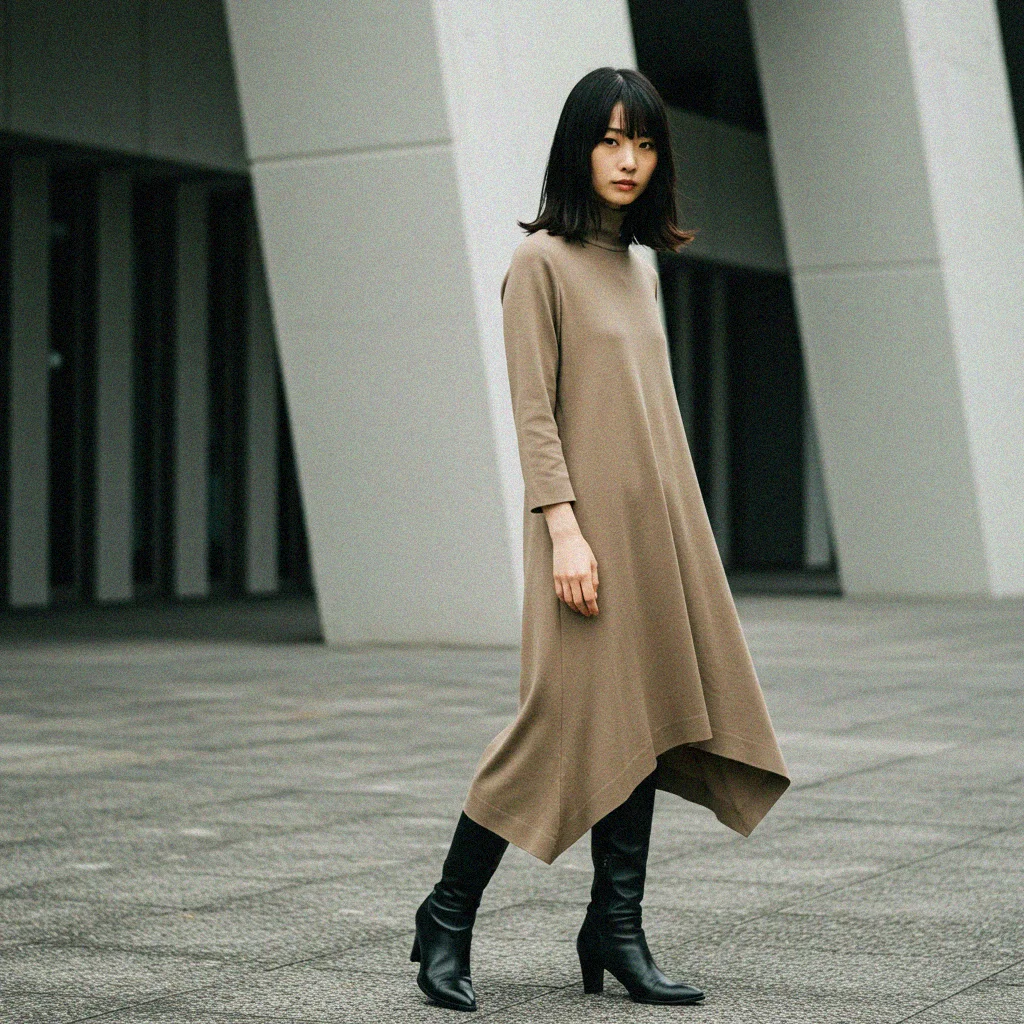
Some people loved the flashy disco look, while others were into minimalism and avant-garde designs. Japanese designers like Issey Miyake and Kenzo Takada started to make their mark during this decade, coming up with clean lines, neutral tones, and innovative silhouettes. Their work set the stage for Japan’s reputation as a leader in high fashion.
The Popularity of Denim and Casual Wear
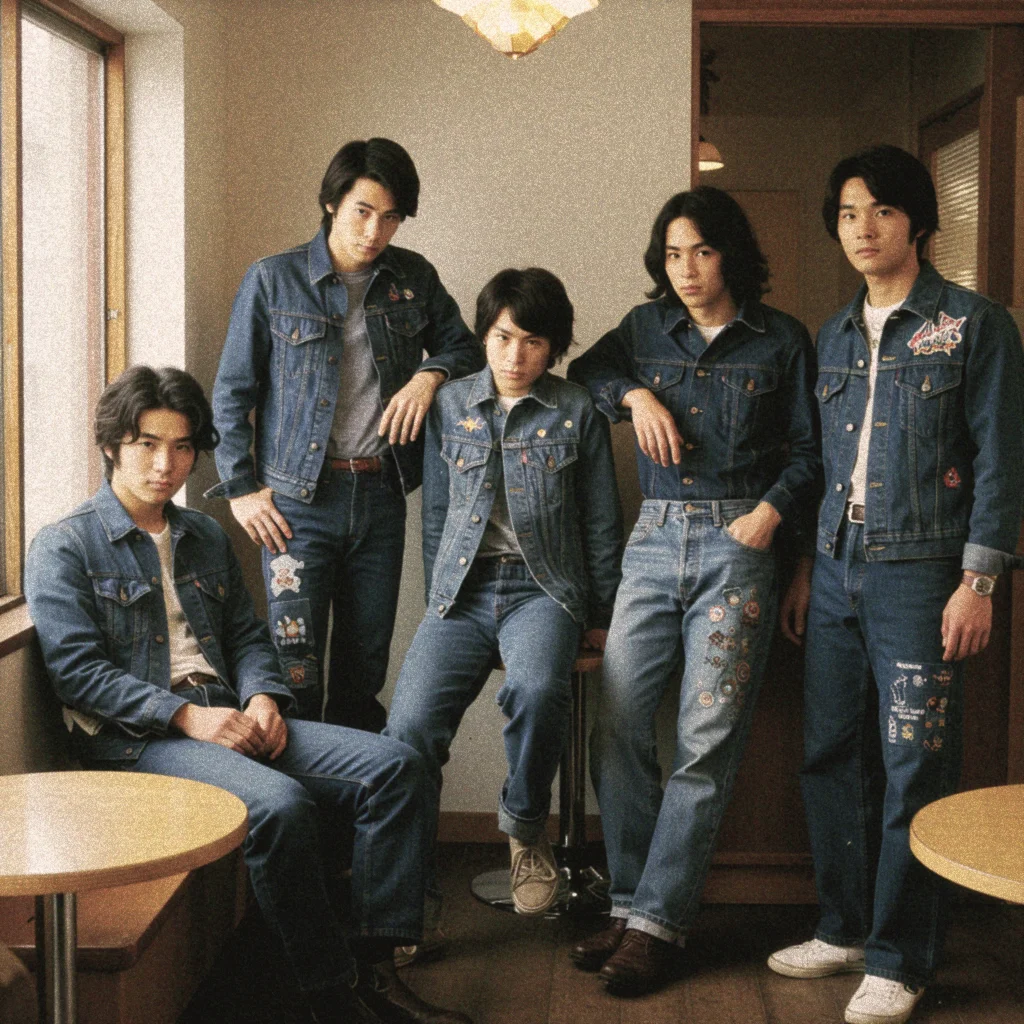
In the 70s, casual wear became popular in Japan, with denim becoming a staple. Japanese youth were all about jeans, denim jackets, and overalls, often customizing them with patches and embroidery. This trend showed a shift towards more relaxed and individualistic styles, influenced by American counterculture.
Accessories and Footwear: The Finishing Touches
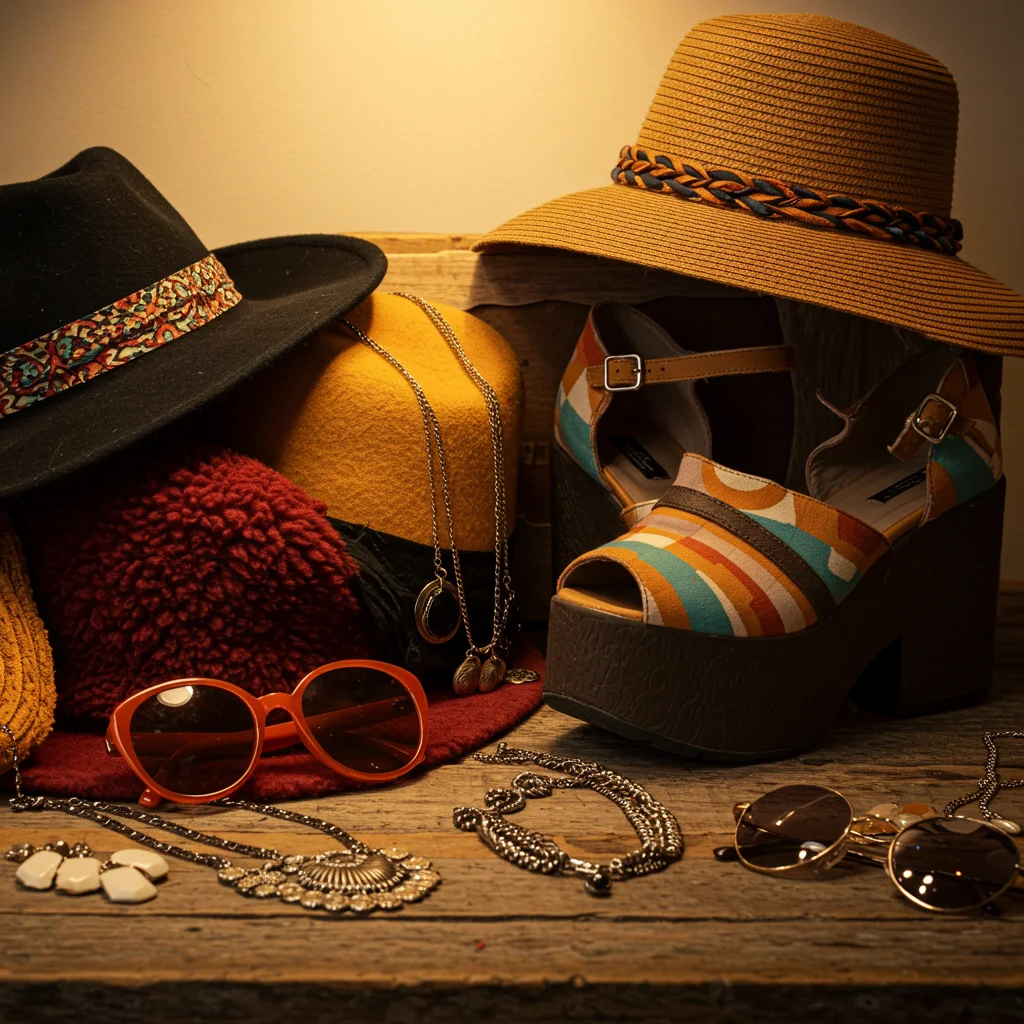
No 70s outfit was complete without the right accessories. In Japan, this meant bold sunglasses, wide-brimmed hats, and chunky jewelry. Footwear also took center stage, with platform shoes and boots becoming must-have items. These accessories added a touch of glamour and personality to every look.
Conclusion: The Legacy of 70s Japanese Fashion We Still Love Today

The 1970s were a special time for Japanese fashion, with a wonderful blend of tradition and innovation. From the gender-neutral styles that broke down barriers to the disco glamour that made us all want to dance, the trends of this era continue to inspire us. By taking a look back at these iconic looks, we can appreciate the creativity and cultural richness that defined 70s Japan.


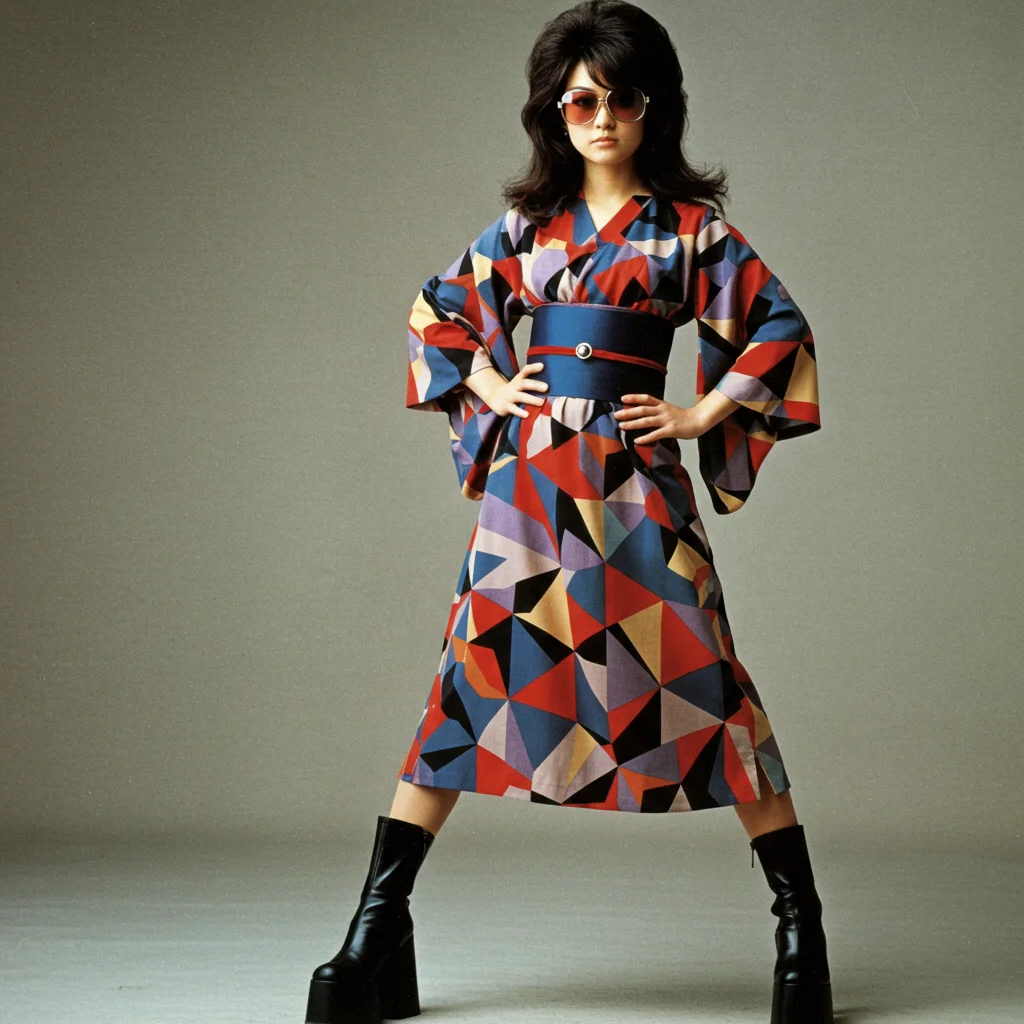






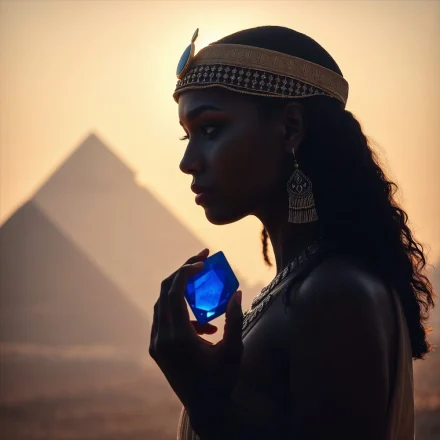


Refer customers, collect commissions—join our affiliate program! https://shorturl.fm/K8NJk
Get paid for every referral—enroll in our affiliate program! https://shorturl.fm/x68ld
Partner with us for generous payouts—sign up today! https://shorturl.fm/fUMrx
Boost your profits with our affiliate program—apply today! https://shorturl.fm/TSPhR
Share our products and watch your earnings grow—join our affiliate program! https://shorturl.fm/NkZEy
Start profiting from your network—sign up today! https://shorturl.fm/Hfr2z
Sign up for our affiliate program and watch your earnings grow! https://shorturl.fm/57JpS
Promote our products—get paid for every sale you generate! https://shorturl.fm/VgXqv
Maximize your income with our high-converting offers—join as an affiliate! https://shorturl.fm/57oIL
Monetize your audience with our high-converting offers—apply today! https://shorturl.fm/vn6he
Partner with us and enjoy recurring commission payouts! https://shorturl.fm/PefZe
Promote our products and earn real money—apply today! https://shorturl.fm/DsdFi
Refer friends and colleagues—get paid for every signup! https://shorturl.fm/IxBx9
Start profiting from your network—sign up today! https://shorturl.fm/mYz2Z
Tap into a new revenue stream—become an affiliate partner! https://shorturl.fm/DnxSV
Drive sales, earn commissions—apply now! https://shorturl.fm/SZfXa
Sign up now and access top-converting affiliate offers! https://shorturl.fm/vF0xE
Join our affiliate community and maximize your profits—sign up now! https://shorturl.fm/IHgN6
Drive sales, earn big—enroll in our affiliate program! https://shorturl.fm/4xiQO
Share your unique link and cash in—join now! https://shorturl.fm/Xddpi
Monetize your influence—become an affiliate today! https://shorturl.fm/1hGZG
Refer friends, earn cash—sign up now! https://shorturl.fm/Hl3L7
Your network, your earnings—apply to our affiliate program now! https://shorturl.fm/fMpYv
Boost your earnings effortlessly—become our affiliate! https://shorturl.fm/jxNmL
Invite your network, boost your income—sign up for our affiliate program now! https://shorturl.fm/bRXbh
Maximize your earnings with top-tier offers—apply now! https://shorturl.fm/RfYXP
Apply now and receive dedicated support for affiliates! https://shorturl.fm/aslVc
Monetize your traffic instantly—enroll in our affiliate network! https://shorturl.fm/Mfdgr
Start earning every time someone clicks—join now! https://shorturl.fm/biXKn
Apply now and unlock exclusive affiliate rewards! https://shorturl.fm/cX9jX
Share your link and rake in rewards—join our affiliate team! https://shorturl.fm/IHtYX
Partner with us and enjoy recurring commission payouts! https://shorturl.fm/8U7i4
Turn referrals into revenue—sign up for our affiliate program today! https://shorturl.fm/aslKd
Become our partner and turn referrals into revenue—join now! https://shorturl.fm/rdzLA
Unlock exclusive affiliate perks—register now! https://shorturl.fm/7EGD5
Get rewarded for every recommendation—join our affiliate network! https://shorturl.fm/h9Aoc
Drive sales, earn commissions—apply now! https://shorturl.fm/x6YhF
Earn passive income on autopilot—become our affiliate! https://shorturl.fm/5oiNL
Share our link, earn real money—signup for our affiliate program! https://shorturl.fm/qvoKL
Drive sales, collect commissions—join our affiliate team! https://shorturl.fm/xUI1k
Boost your profits with our affiliate program—apply today! https://shorturl.fm/eJeH5
https://shorturl.fm/4arYG
https://shorturl.fm/uNKuI
https://shorturl.fm/oVm1s
https://shorturl.fm/SnB9z
https://shorturl.fm/Jfb3C
https://shorturl.fm/mmkzk
https://shorturl.fm/SaASH
https://shorturl.fm/DGE7c
https://shorturl.fm/YKKXD
https://shorturl.fm/q9M3r
https://shorturl.fm/nUuHw
https://shorturl.fm/3hXra
https://shorturl.fm/Vh6NC
https://shorturl.fm/bSl33
https://shorturl.fm/Yg92k
https://shorturl.fm/WPXpC
https://shorturl.fm/sQIP4
https://shorturl.fm/C0hEZ
https://shorturl.fm/xrnE2
https://shorturl.fm/s6xpP
https://shorturl.fm/iQ6Hn
https://shorturl.fm/s3dA7
https://shorturl.fm/wAkLs
https://shorturl.fm/ltJJS
https://shorturl.fm/GyMYh
https://shorturl.fm/TJsro
https://shorturl.fm/bN40P
https://shorturl.fm/VeRBI
https://shorturl.fm/NMMP4
https://shorturl.fm/FmnuU
https://shorturl.fm/UbNjd
https://shorturl.fm/Oau6g
https://shorturl.fm/tVB7K
https://shorturl.fm/rBetw
https://shorturl.fm/K4bN5
https://shorturl.fm/axH9n
https://shorturl.fm/XyLrj
https://shorturl.fm/s1BDm
https://shorturl.fm/detCt
https://shorturl.fm/eqcQL
https://shorturl.fm/w6j2V
https://shorturl.fm/GhSxH
https://shorturl.fm/e1u5a
https://shorturl.fm/1vv2r
https://shorturl.fm/5hRiw
https://shorturl.fm/ZzJb1
https://shorturl.fm/BTysq
https://shorturl.fm/xx23r
https://shorturl.fm/QpRVz
https://shorturl.fm/nvWjt
https://shorturl.fm/OKvAI
https://shorturl.fm/HgNpW
https://shorturl.fm/k4pQu
https://shorturl.fm/2GgMW
https://shorturl.fm/dxvOP
https://shorturl.fm/tPGPT
ndgvtk
https://shorturl.fm/HllnN
https://shorturl.fm/NaEZ8
https://shorturl.fm/Wd9rq
siteniz harika ben daha önce böyle güzel bir site görmedim makaleler çok açıklayıcı ve bilgilendirici çok site gezdim ve en sonunda sizin sitenizde buldum
siteniz çok güzel devasa bilgilendirme var aradığım herşey burada mevcut çok teşekkür ederim
siteniz harika başarılarınızın devamını dilerim aradığım herşey bu sitede